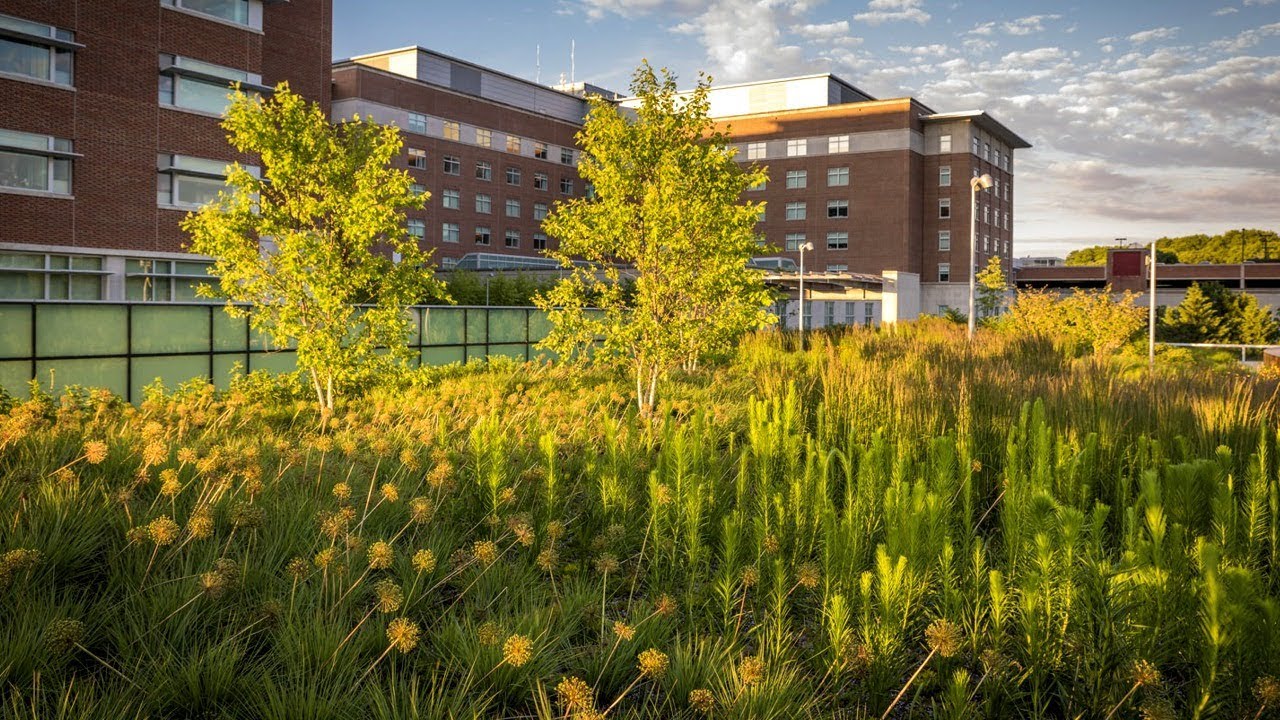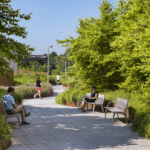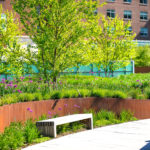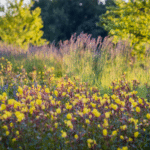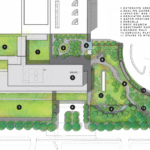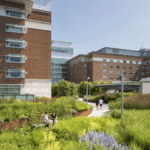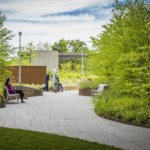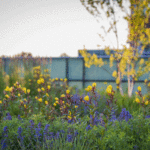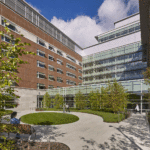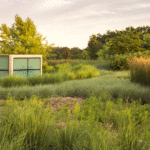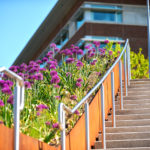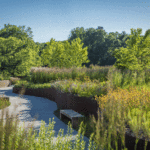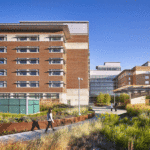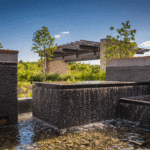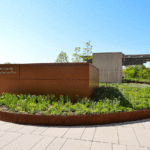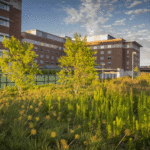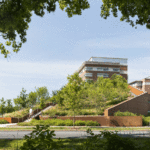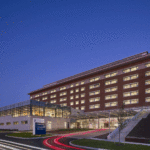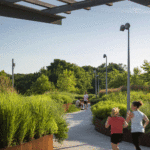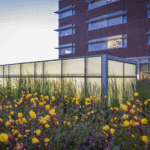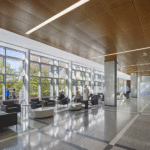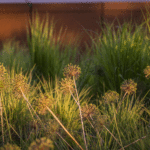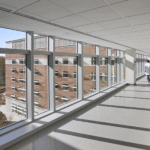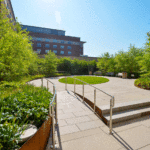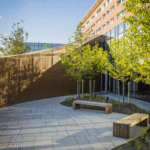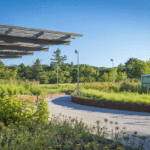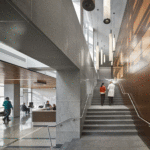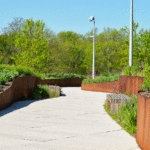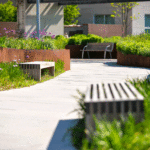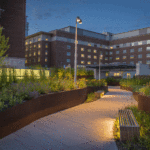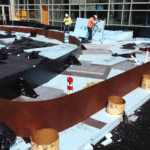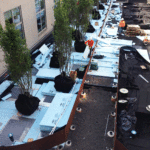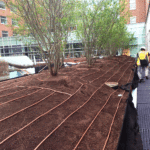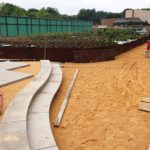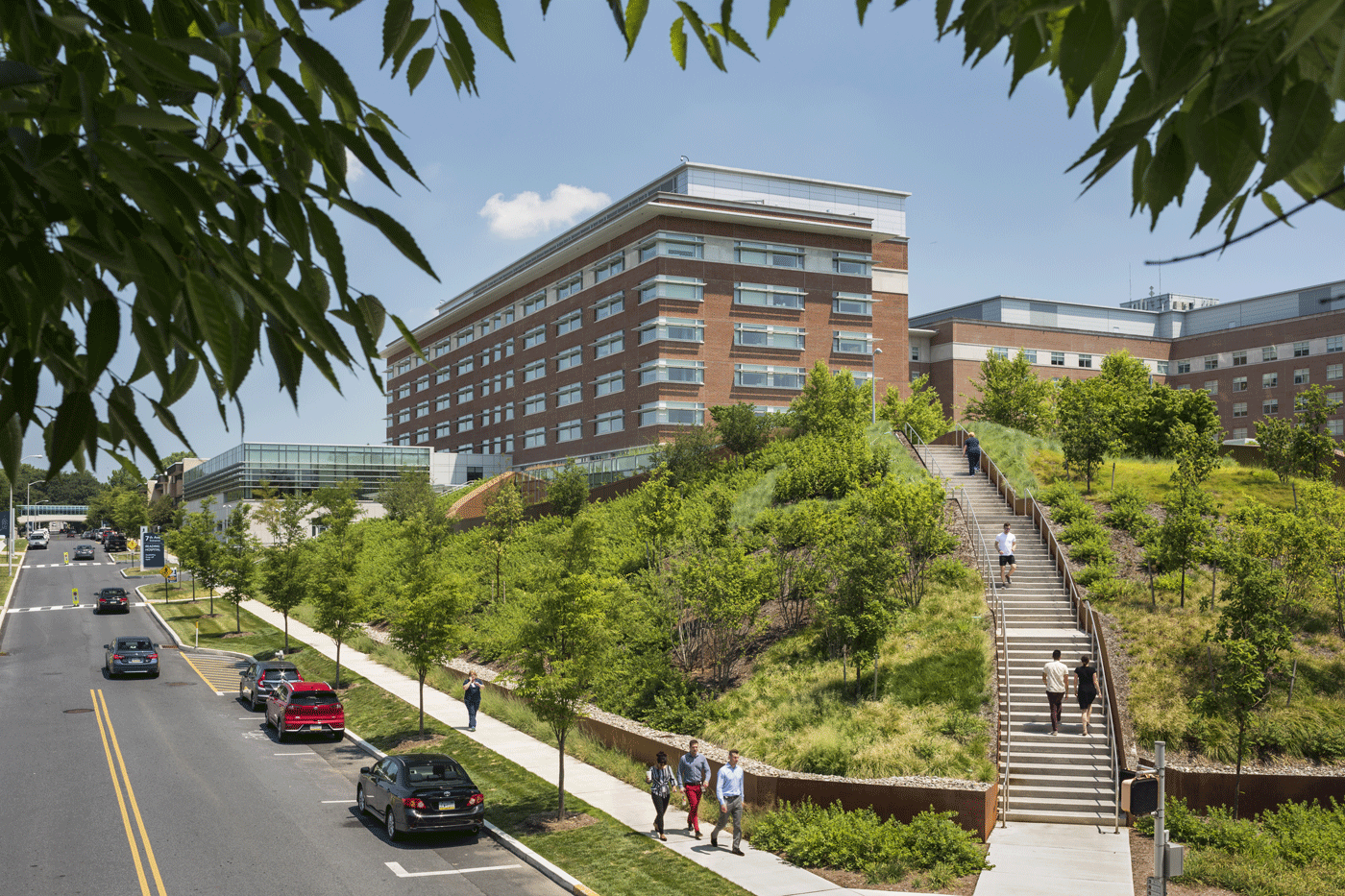
Additional Resources
Visit the Reading Healthplex for Advanced Surgical and Patient Care website, see the Visitor Map, the Photo & Video Gallery, and their Explore A-Z which includes a virtual tour.
Read about rooflite® in the Greenroofs.com Directory.
Case Studies
Ballinger, Jonathan Alderson Landscape Architects, rooflite, Reading Healthplex, Structure Tone, Witmer Group, Becker’s Hospital Review.
Video
July 1, 2019 3:28 Reading Healthplex for Advanced Surgical & Patient Care – Featured Project video from Greenroofs.com on the greenroofsTV channel on YouTube; January 18, 2017 Reading Healthplex for Advanced Surgical & Patient Care by Reading Hospital – Tower Health; November 7, 2016 Reading HealthPlex Virtual Reality Experience by Reading Hospital – Tower Health.
News
July 1, 2019 Featured Project: Reading Healthplex for Advanced Surgical & Patient Care by Linda S. Velazquez on Greenroofs.com; March 11, 2019 A Garden for Healing by Cathy Coffman in Berks County Living; October 2018 Shaped by Design by Louis A. Meilink, Jr. and Christina Grimes in Healthcare Design; October 14, 2016 Reading Hospital unveils $354M HealthPlex by Alexandra Hogan in WFMZ-TV 69.
Reading Hospital’s 46-acre campus in West Reading, PA has seen significant change during its 100 years, expanding through a collection of additions, new entrances, infills, and overbuilds. Over time, the surgical services grew across five buildings in a fractured arrangement that was not conducive to optimal patient care. In 2011, the hospital engaged Ballinger (Philadelphia) to conceptualize options to consolidate the campus’s surgical services. In August 2013, construction began on the Reading Healthplex for Advanced Surgical & Patient Care, with the 476,000-square-foot surgical and inpatient tower fully opening in March 2017.
The hospital administration utilized the last available piece of land on campus for the new eight-story tower—an area notable for a 30-foot slope. This dramatic grade change provided the opportunity to situate a significant portion of the 115,000 gross square feet of surgical programmatic requirements below grade, satisfying the clinical need to collocate surgical services, including 24 operating rooms on a single level providing more efficient patient and staff flows. This also created the opportunity for a dedicated entrance to the new surgery center on the lower level of the campus. A five-story bed tower, with 150 new private patient beds, sits atop the surgical platform; its smaller footprint, creating an opportunity for the expansive green roof.
“Extensive staff input, planning and forward-thinking in this project’s development will provide a facility that is sustainable, energy efficient and environmentally friendly in order to enhance our staff, patient, and guest experience.” ~ Dave Major, Director, Reading Health Facilities & Construction Management
Reading Hospital’s existing campus includes airy courtyards nestled between existing brick and limestone buildings, affording the 500-plus patient rooms in the existing patient pavilions with views of the outdoors. However, early design options for the new Healthplex did not offer the same healing views of nature, as these concepts left the large portions of the surgical platform exposed with a simple stone ballast roof.
Taking note of the neighboring Wyomissing Park, home to an art museum and walking trails, designers saw an opportunity to utilize the new Healthplex’s sloping site and cover the surgical platform with an 88,000-square-foot vegetated green roof. Patient rooms would then have views of the serene healing garden, and patients and families moving throughout the building would experience access to natural light and garden spaces, which include a tranquil fountain area, a pergola offering shade in the summer, an oval-shaped grassy area anchoring the rooftop garden, and a strolling meadow walk that connects to the Wyomissing Park below. Skylights and light wells would also allow natural light to enter the prep and recovery platform below the green roof.
Although the move presented many benefits, the owner would not sign off on the green roof until designers addressed some challenges that came with it, especially in light of its location above clinical areas. One directive was that the garden be easy to maintain and not require additional staff. The roof is planted over a waterproofing membrane to prevent leaks and has an automated irrigation system, which reduces maintenance. The roof was leak tested prior to adding the over burden, and a leak detection system installed. A typical failure point in green roof implementation is when drains become clogged with vegetation and debris, so the team implemented a continuous drainage layer and meticulously sloped the roofing membranes toward the drains to prevent water backup and flooding. Additionally, all drains can be visually inspected via access chambers, which are in some locations three feet deep and nestled within the plantings, above the roof so that maintenance staff can easily ensure that the drain pathways are clear.
Another issue was the weight of the plantings; full size trees require four feet of earth for the long-term health and growth of the plants. When the structural team ran the calculations for the initial design, they returned roughly 16,000 tons of weight from just the saturated soil which translates to 500 pounds per square foot or 120 PCF. The weight of the trees themselves, the pergola and fountain were in addition to this assumption for the engineered soil. With an existing fourteen feet floor to floor height of the campus, the structural depth to support the weight didn’t leave room for an 8’ ceiling height.
In order to achieve the full range of vegetation, from small flowers to full-size trees, the garden would require thorough coordination, and a variety of engineered growth media mixes from rooflite® and extruded polystyrene to reduce the weight. Areas with full size trees were located first with their tree pits and 4 foot soil depth with soil for proper growth were strategically placed in areas above structural columns and/or additional steel framing for added support.
“The green roof is a great example of biophilic design, featuring space that invites patients and visitors to experience the restorative healing garden, including paver paths along curving corten steel planter walls. With different natural spaces, ranging from 4 to 36 inches of growth media, rooflite provided soil that allows for a variety of vegetation to thrive from sedum and perennials to bushes and trees. The growing media and vegetation provide insulation to the building, resulting in higher energy efficiency and lower energy costs and consumption.” ~ rooflite®
In areas with smaller plantings, layers of lightweight polystyrene were used to create the base and shaped earthen forms, which were then covered in layers of roofing membrane and limited soil for the shallow plantings. By locating the trees first, the deeper heavier soil layers could be controlled, thin planting layers could weave together to create a lush landscape without the unnecessary added weight on the structure. The final design produced a 30% reduction in the weight.
According to Jonathan Alderson Landscape Architects, the roof slab itself is dead flat; the topography of the extensive green roof soils varies up to 20%; and the topography of the adjacent landscape (not on the green roof) varies up to 2:1 (50%).
Taking into account the increasing challenge of storm water management in urban areas, the large scale of plantings on the HealthPlex helps reduce heat island effects and also aids in capturing and slowing storm water during heavy rains, reducing the threat of sewer overflows and returning cleaner water to the surrounding watershed.
The hospital garden also delivers a social return on investment by creating an accessible public space in the community. The running paths in the nearby park lead up the stairs to the garden, bringing visitors to the site who may have no direct connection to the surgical platform below. Staff are encouraged to take breaks in the shade of the garden, and patients are frequently seen outside experiencing nature just steps away from their rooms.
Reading Healthplex for Advanced Surgical and Patient Care staff report that two features—the fountain, with its tranquil sounds, and the large grassy area surrounded by benches and paved walkways—have been popular attractions since the garden opened. On the operations side, maintenance issues have proved manageable for the staff and a local company was contracted to handle weeding and maintenance on a scheduled time frame, ensuring the space stays well maintained for years to come.
The Reading Healthplex for Advanced Surgical and Patient Care received the Building Berks Award from the Greater Reading Chamber Alliance, 2018 and International Academy for Design and Health, Highly Commended, Sustainable Urban and Built Environment, 2017 and in October 2016, the hospital was named one of the 50 Greenest Hospitals in America by Becker’s Hospital Review.
 Greenroofs.comConnecting the Planet + Living Architecture
Greenroofs.comConnecting the Planet + Living Architecture
